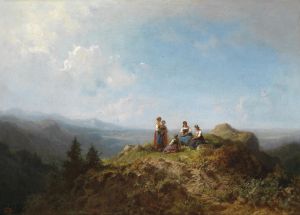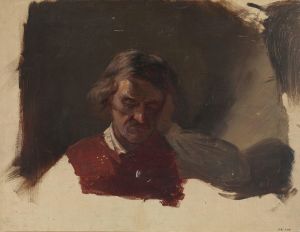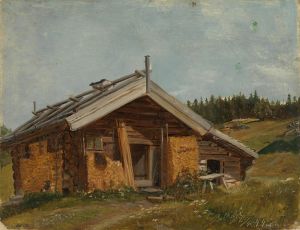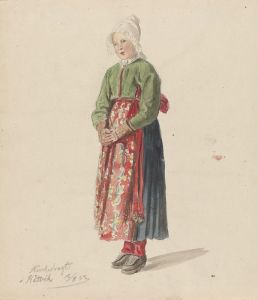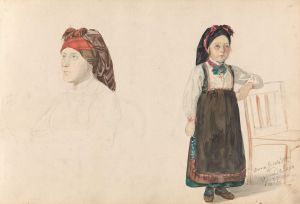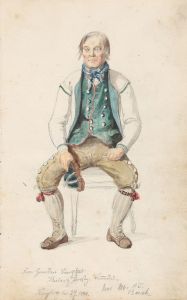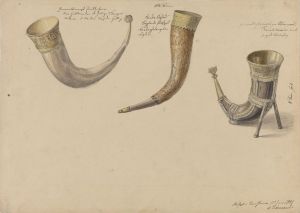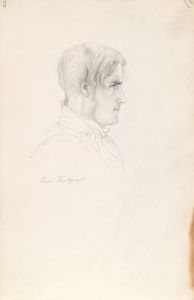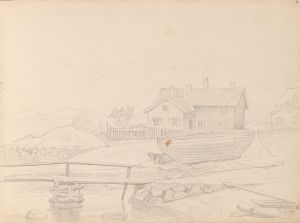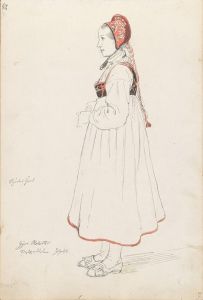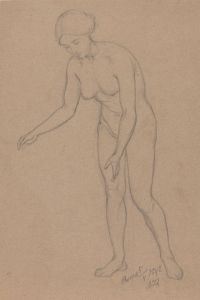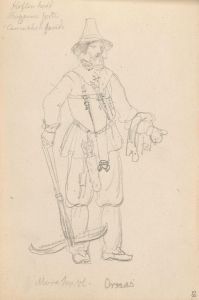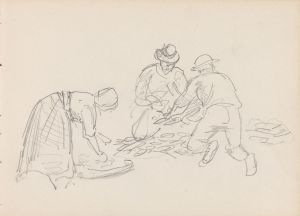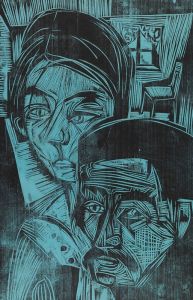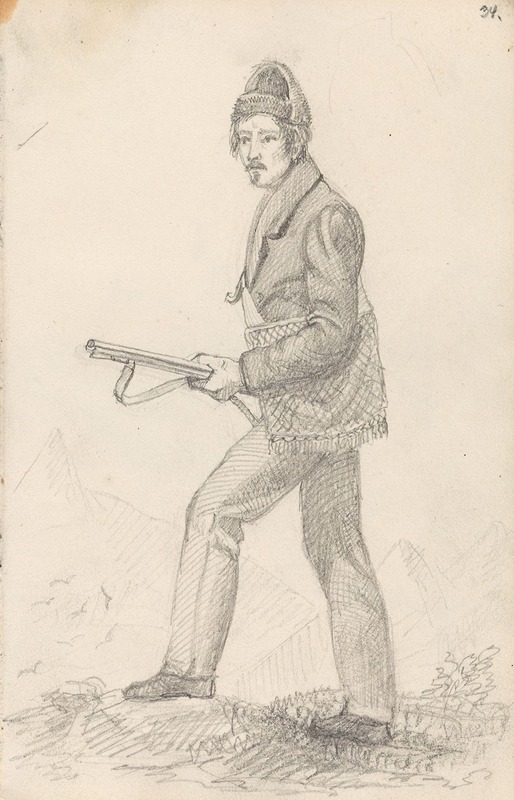
Jeger
A hand-painted replica of Adolph Tidemand’s masterpiece Jeger, meticulously crafted by professional artists to capture the true essence of the original. Each piece is created with museum-quality canvas and rare mineral pigments, carefully painted by experienced artists with delicate brushstrokes and rich, layered colors to perfectly recreate the texture of the original artwork. Unlike machine-printed reproductions, this hand-painted version brings the painting to life, infused with the artist’s emotions and skill in every stroke. Whether for personal collection or home decoration, it instantly elevates the artistic atmosphere of any space.
Adolph Tidemand (1814–1876) was a prominent Norwegian romanticist painter, renowned for his detailed and evocative depictions of Norwegian folk life and traditions. One of his notable works is "Jeger" (The Hunter), which exemplifies his skill in capturing the essence of rural Norway and its people.
"Jeger" was painted in 1840, during a period when Tidemand was deeply influenced by his studies and travels across Europe. He had studied at the Academy of Art in Copenhagen and later in Düsseldorf, where he became associated with the Düsseldorf School of painting. This movement emphasized meticulous detail, realistic portrayals, and often romanticized depictions of everyday life, which is evident in Tidemand's work.
The painting "Jeger" portrays a solitary hunter, a common figure in Norwegian culture, reflecting the importance of hunting in rural Norwegian life. The hunter is depicted in traditional Norwegian attire, which Tidemand meticulously researched and accurately represented in his works. This attention to detail not only adds authenticity to the painting but also serves as a valuable historical record of Norwegian folk costumes.
In "Jeger," the hunter is shown in a natural setting, surrounded by the rugged and serene landscape typical of Norway. The background features dense forests and mountainous terrain, emphasizing the close relationship between the Norwegian people and their natural environment. Tidemand's use of light and shadow in the painting creates a sense of depth and realism, drawing the viewer into the scene and highlighting the hunter's solitary and contemplative nature.
Tidemand's work, including "Jeger," is characterized by its narrative quality. He often infused his paintings with a sense of story, capturing moments that reflect broader cultural and social themes. In "Jeger," the hunter's pose and expression suggest a moment of pause, perhaps reflecting on the day's hunt or the beauty of the surrounding landscape. This narrative element adds an emotional depth to the painting, inviting viewers to connect with the subject on a personal level.
Adolph Tidemand's contributions to Norwegian art were significant, and his works remain highly regarded for their historical and cultural value. "Jeger" is a prime example of his ability to blend realism with romanticism, creating works that are both visually stunning and rich in cultural significance. Tidemand's paintings, including "Jeger," continue to be celebrated for their detailed portrayal of Norwegian life and their role in preserving the nation's cultural heritage.
Today, "Jeger" and other works by Adolph Tidemand can be found in various art museums and collections, where they continue to be appreciated by art enthusiasts and historians alike. Tidemand's legacy as a painter who captured the spirit of Norway endures, and his works remain an important part of the country's artistic heritage.





